We cannot mail out at this time
We cannot mail out at this time. This includes but is not limited to JR badges, books, brochures, and park stamps. Our apologies for any inconvenience
Overseer's House and Dovecote Restrooms Temporarily Closed
Due to power outages related to building maintenance, the Overseer's House (Farmhouse) and the restrooms inside the dovecote are currently closed. The Quarters of the Enslaved, dairy and grounds are open. The mansion side of the park is unaffected.
Baltimore Area Traffic Advisory
Traffic in the Baltimore area has increased considerably in recent months due to the collapse of the Francis Scott Key Bridge which connected the Baltimore beltway. Please check the latest traffic conditions to plan your travel accordingly.
| Title | Hampton |
| Park Code | hamp |
| Description | Hampton National Historic Site preserves what remains of a once 25,000-acre enslavement plantation. For hundreds of years, enslaved people, indentured servants, tenant farmers, paid laborers, and the Ridgely family all made their own contribution... |
| Location | |
| Contact | |
| Activities |
|
| Entrance fees |
|
| Campgrounds | Count: 0
|
| Places | Count: 21
Ash HouseThe ash house is a reminder of the work that went into place to keep villages of enslaved people on plantations as self sufficient as possible. 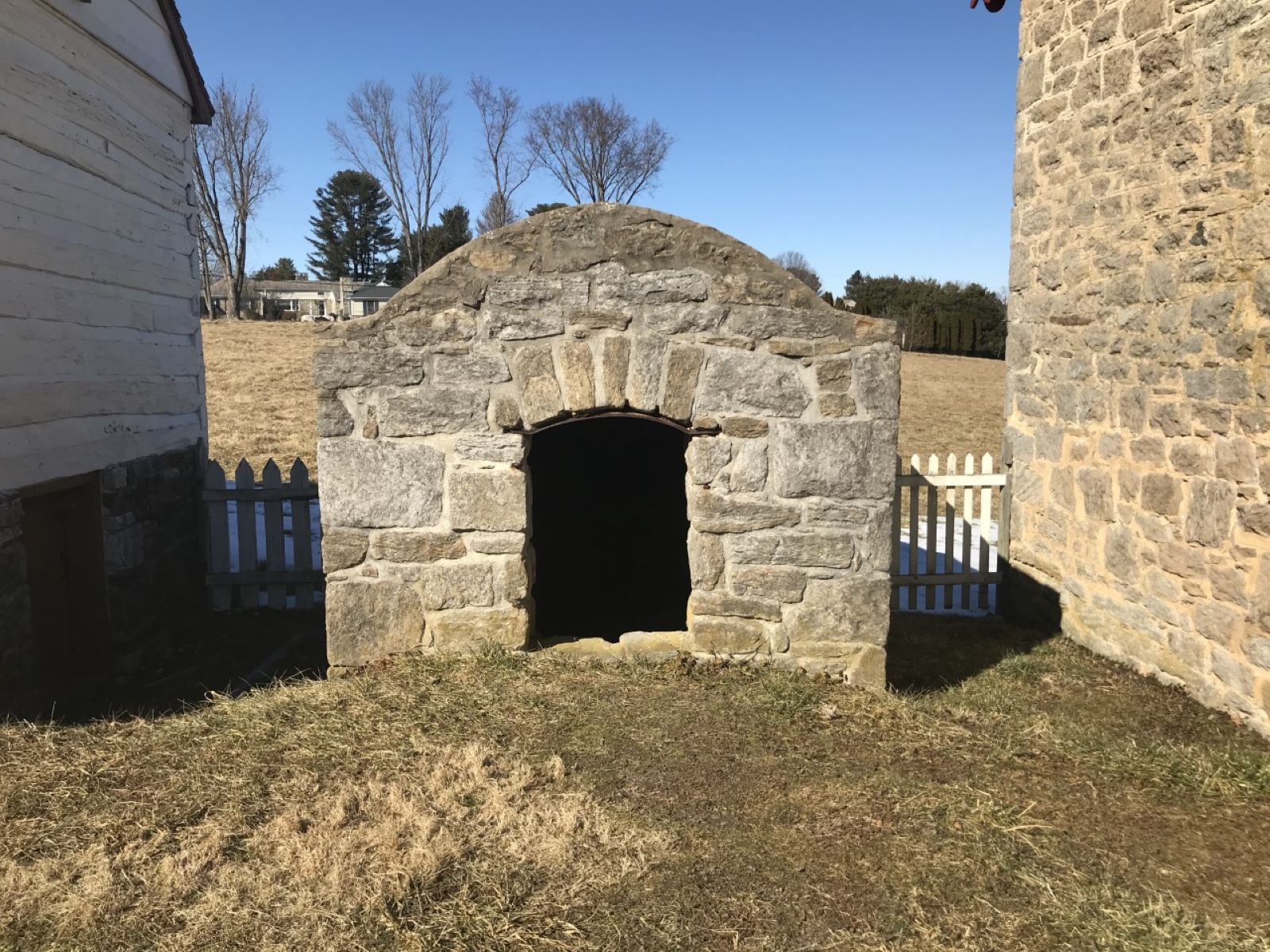
Corn Crib FoundationsThe corn crib foundations are a physical reminder of the many structures that kept a large plantation operation, like Hampton's, efficiently running. 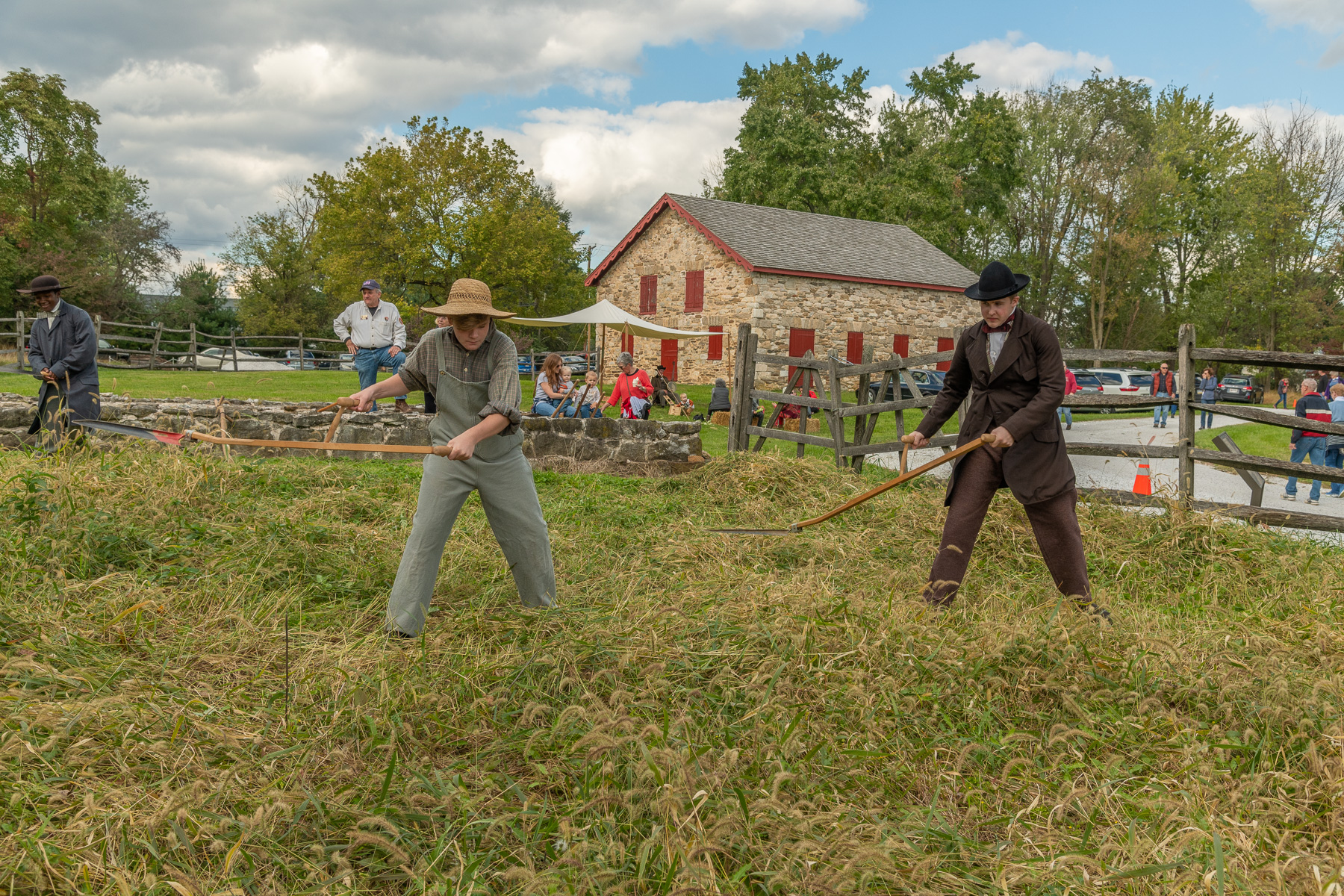
Domestic Service ClusterThe historic support structures next to the Hampton Mansion 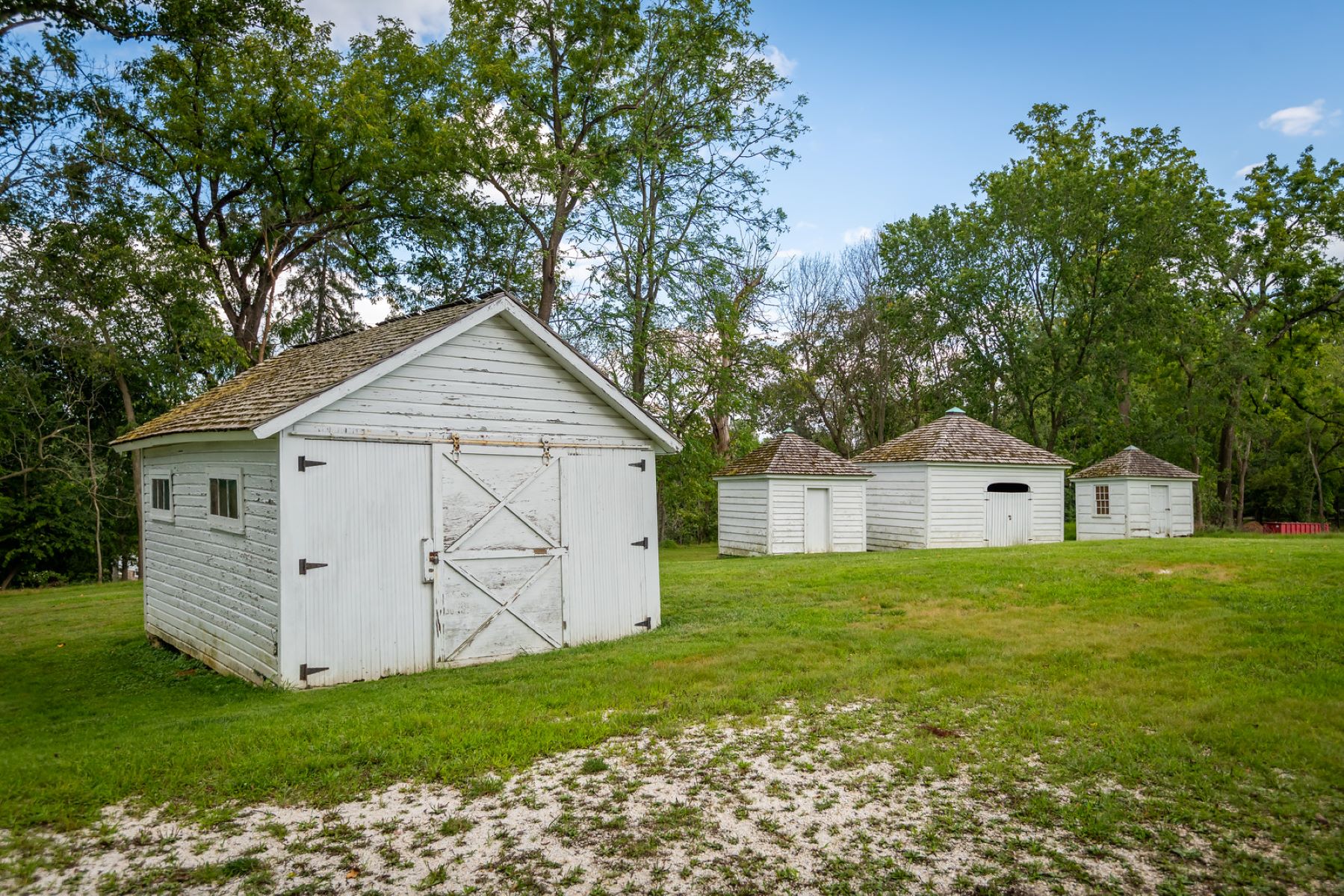
DovecoteThe dovecotes is an example of historic preservation and repurposing. They are the public restrooms on the farm side of the park. 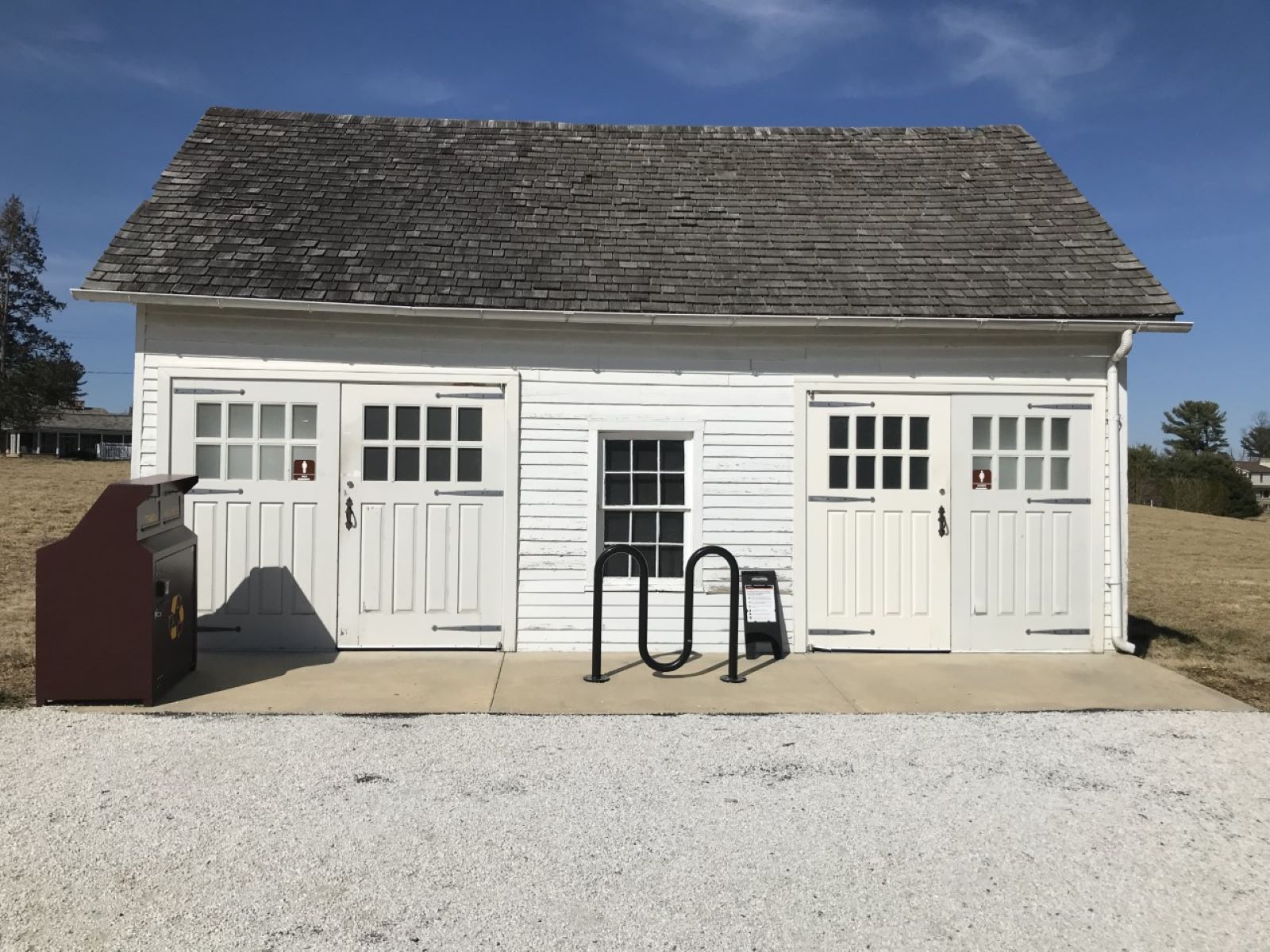
Enslavement QuartersHampton enslaved roughly 700 people over its history. These slave quarters are a surviving reminder of the horrific practice that was used to help the Ridgely's gain and retain their wealth for so many years. 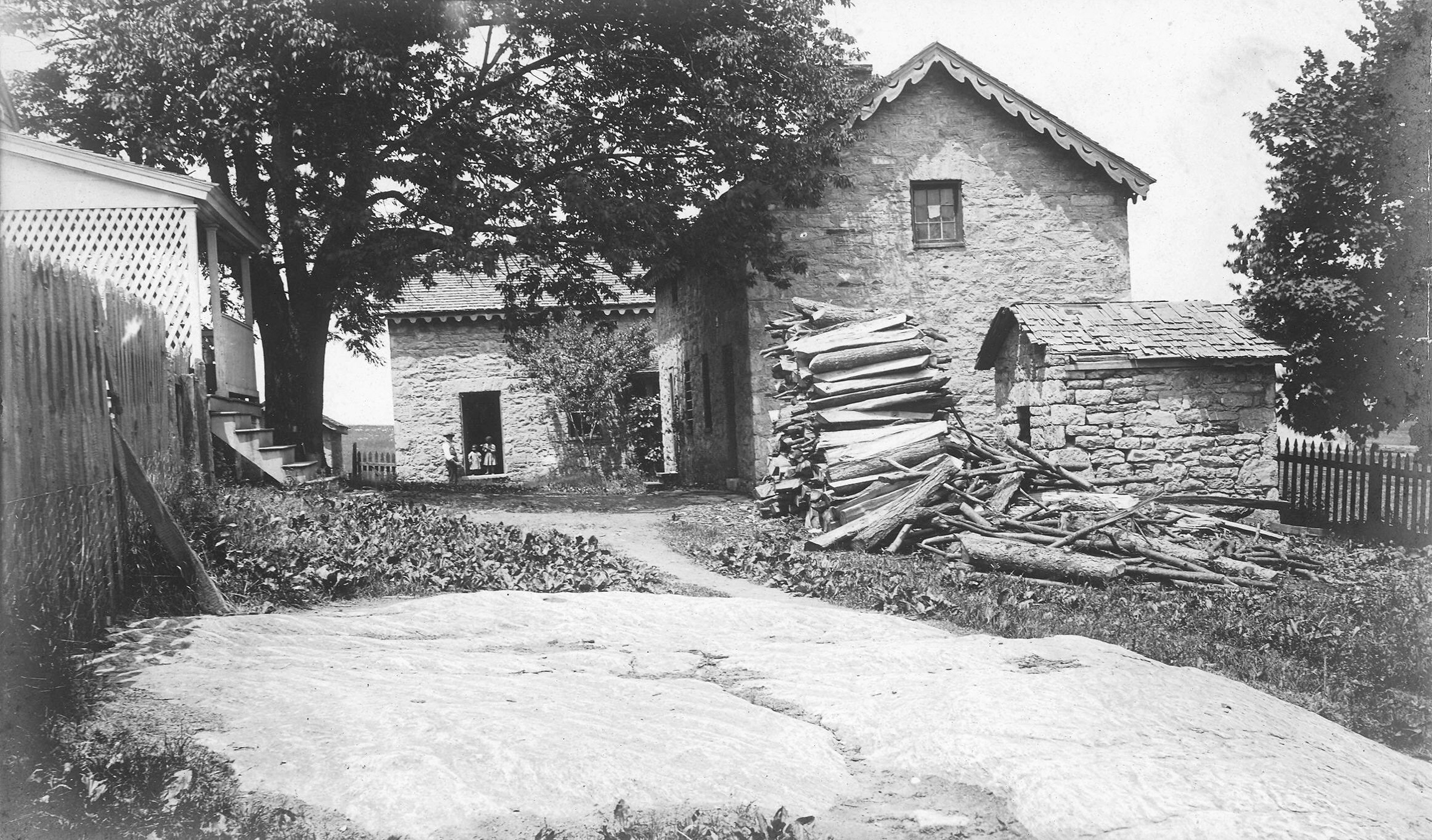
Farm LaneThe Hampton farm lane is the main point of transportation for the farm side of the park. 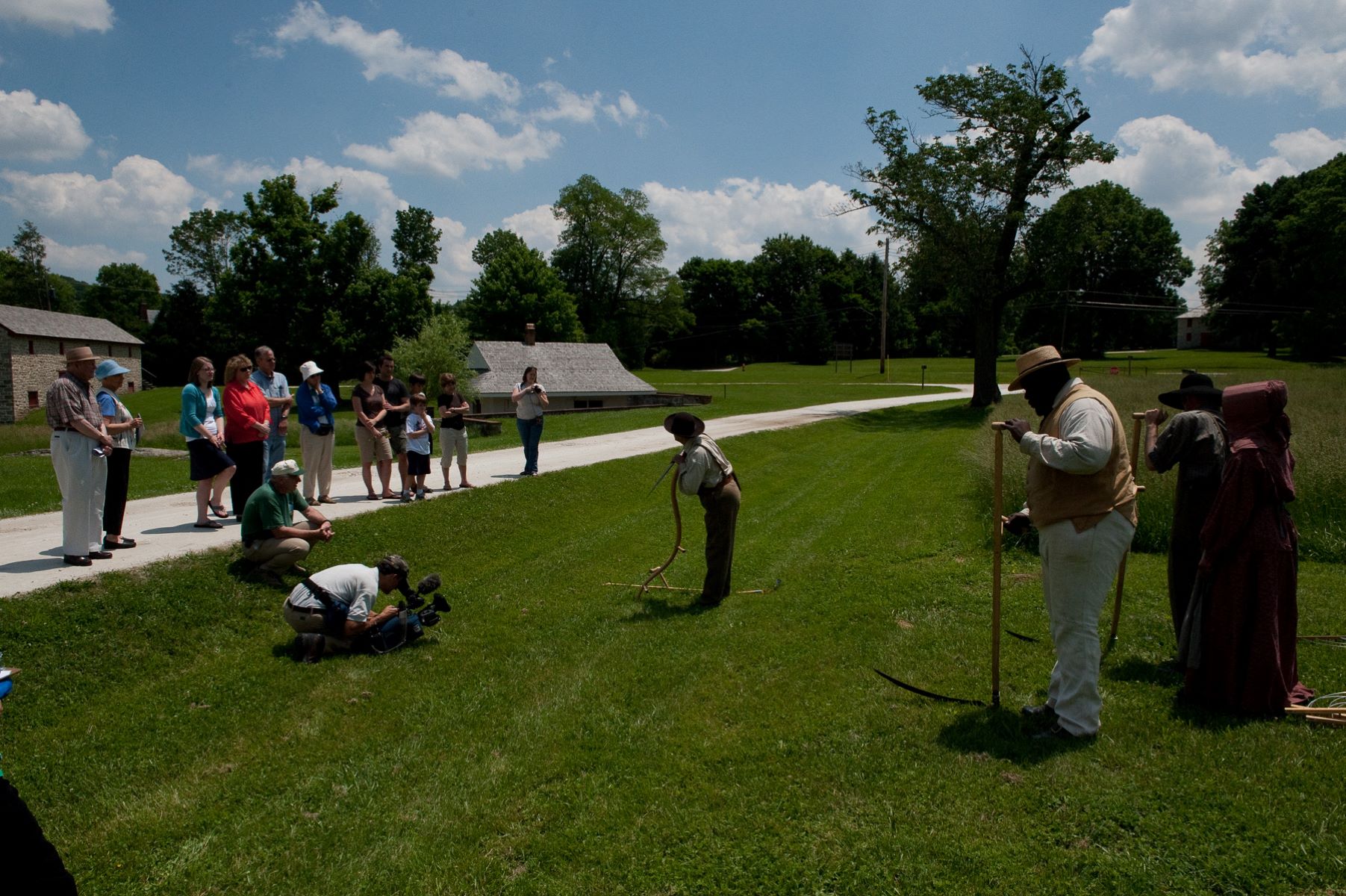
Farm SideAn overview of what the farm side of Hampton NHS has to offer. 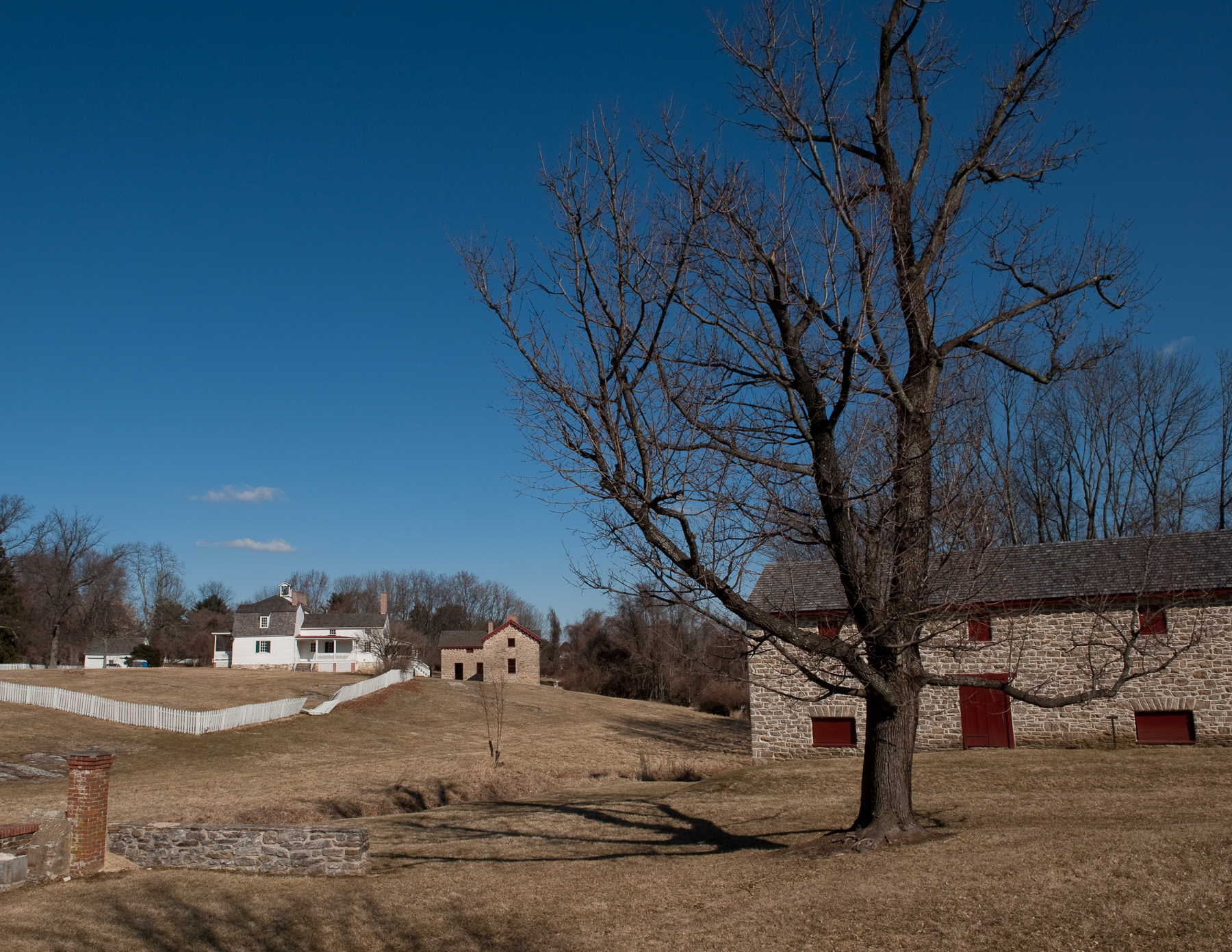
Formal GardensThe Hampton gardens historically showed off the Ridgely family's wealth and power. Today they provide a scenic backdrop as well as a reminder of the past. 
Hampton MansionThe Hampton Mansion is set at the center of of the Hampton National Historic Site. The mansion is open to the public by guided tour only. 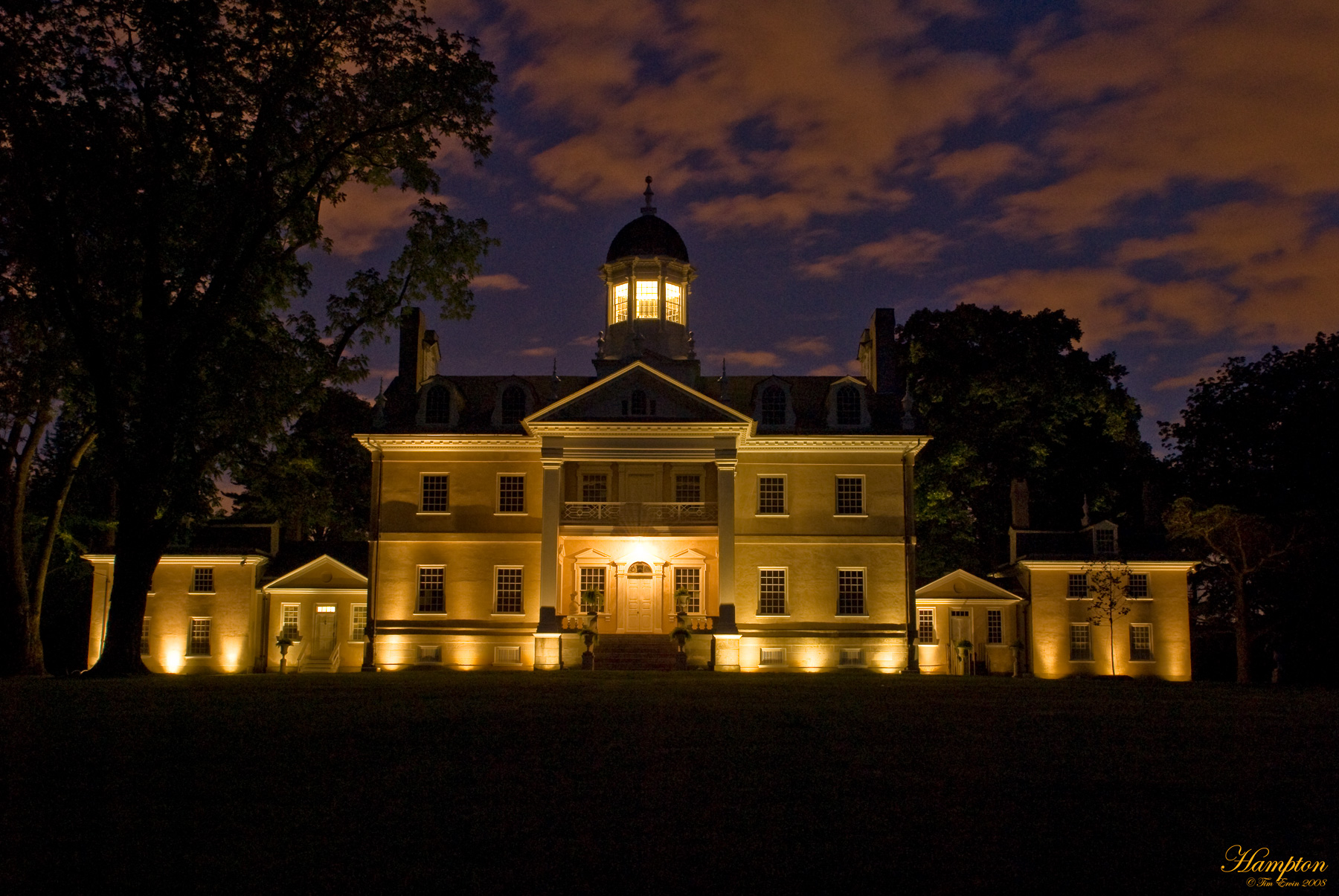
Hampton National Historic SiteHampton shows the anomalies of life in a Border State. While Maryland would not secede from the Union, slavery was still part of the local economy and culture. The wealthy Ridgelys were every bit as aristocratic as any cotton planters, but many of their enslaved workforce worked in industry, and nearby Baltimore had a larger free black population than enslaved. 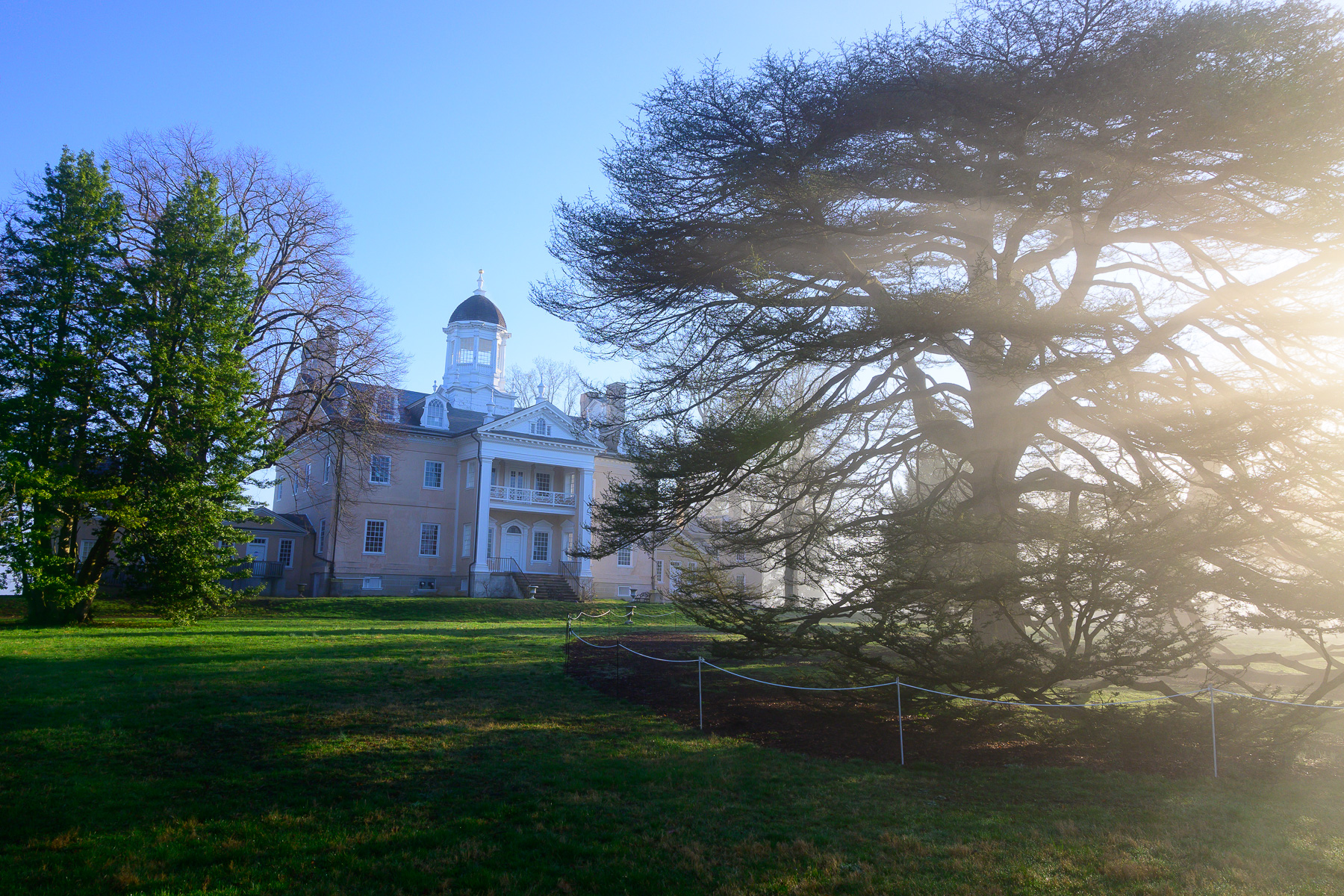
Ice HouseThe Hampton ice house could still be a functioning building. It is open for visitors to walk in, so long as conditions are safe. 
Log CabinThe log cabin is an example of what most quarters for enslaved, and later tenet farmers would have looked like. 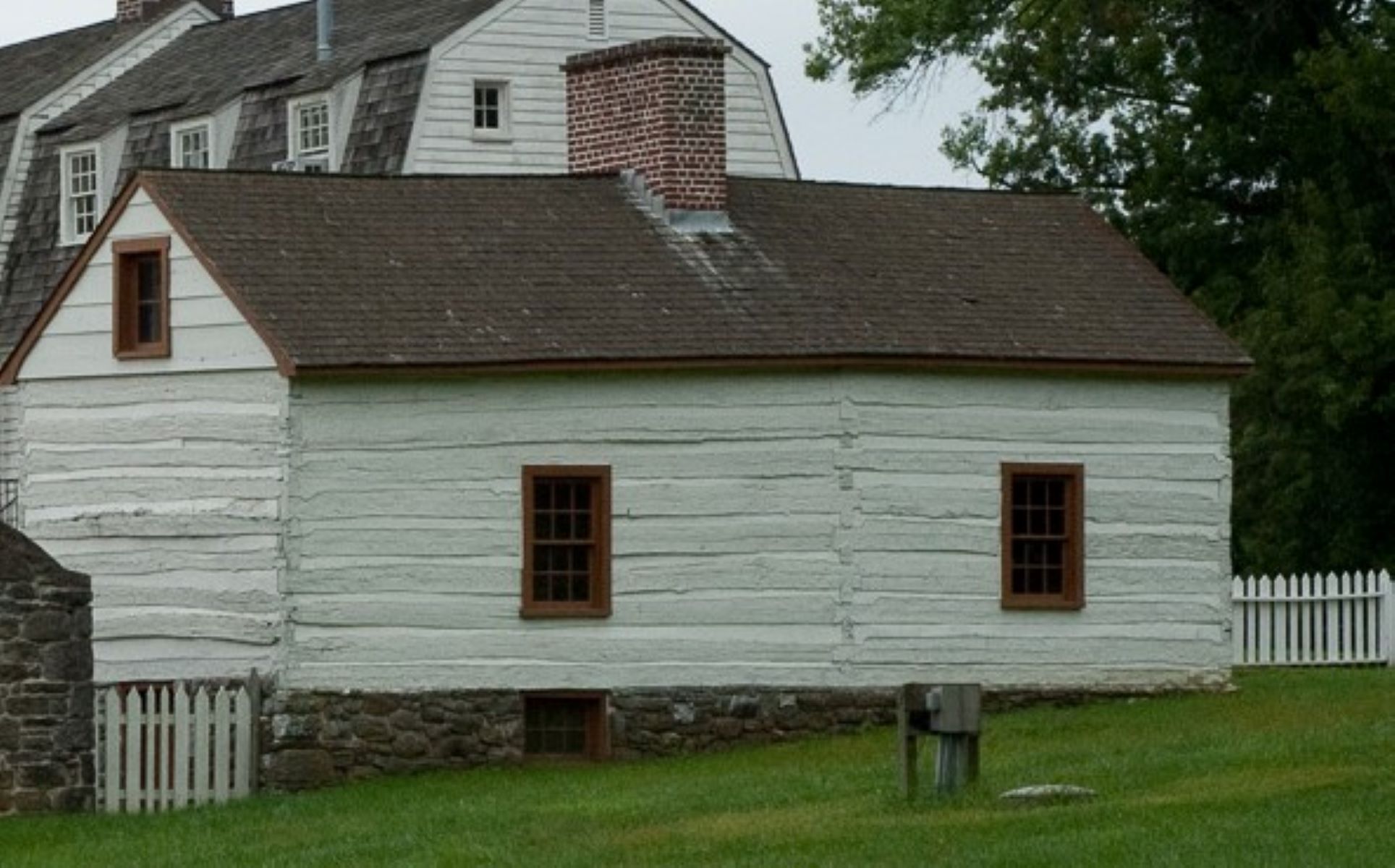
Long House GranaryThe long house granary is a building still preserved by the National Park Service on the farm side of Hampton NHS. 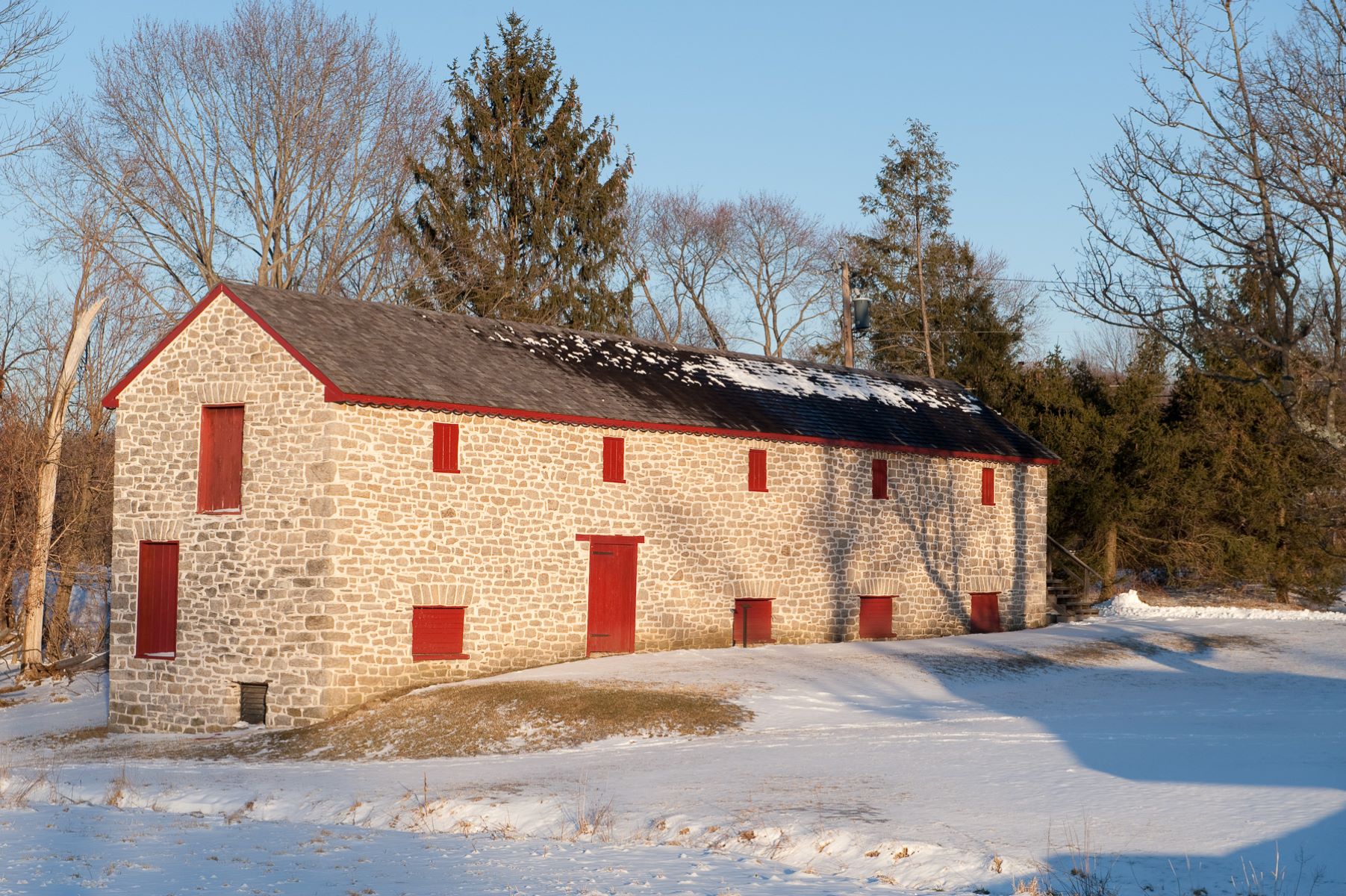
Lower HouseThe Lower House is where the Hampton estate started, represents the many overseer's at the height of of slavery on the plantation, and is where Ridgely family's story ends. The house is open when staffing is available. 
Mansion SideThe mansion side of Hampton NHS is the centerpiece of the park 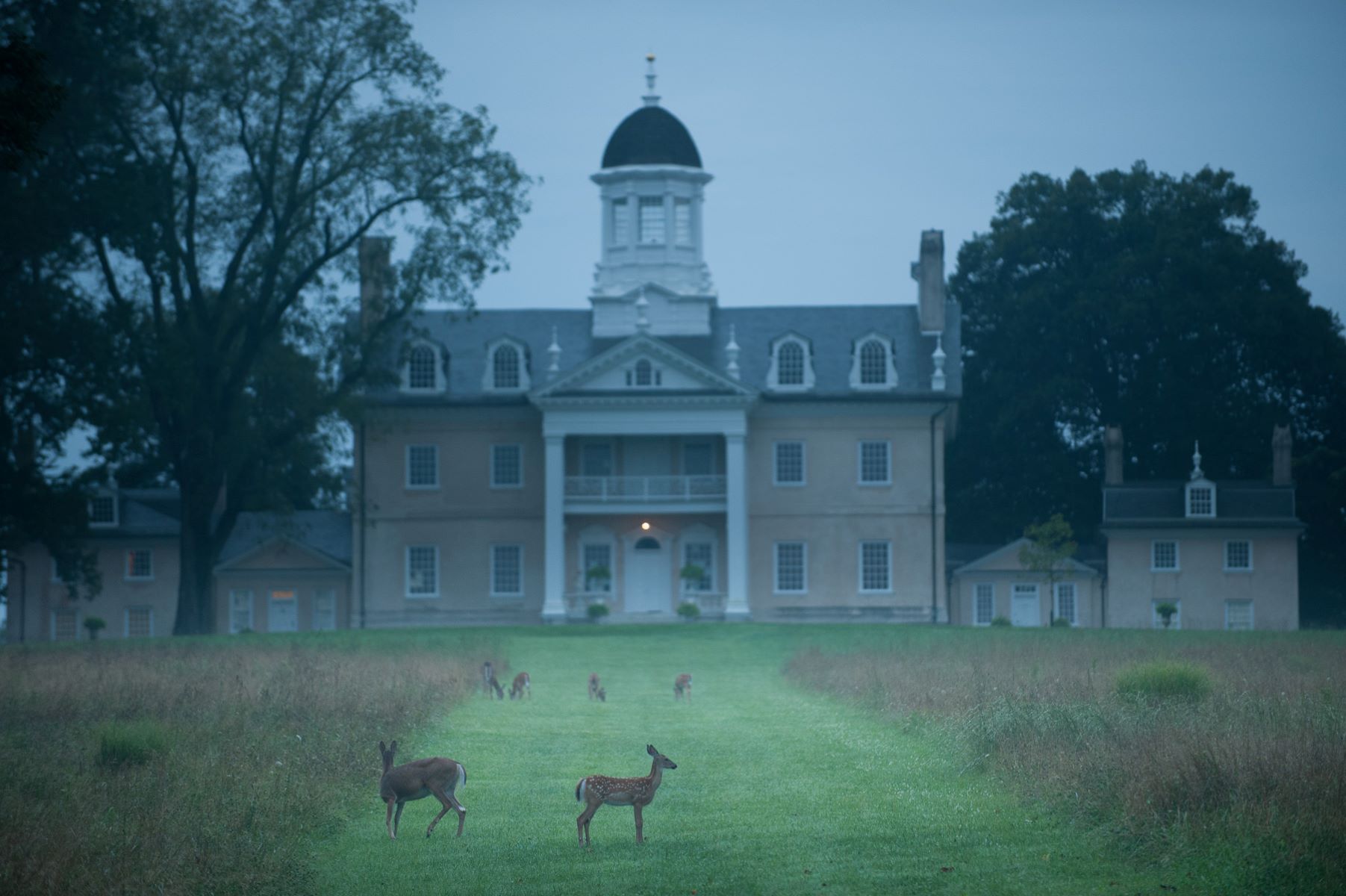
Mule BarnThe Mule Barn is one of the more prominent buildings still located on the farm side of the park property. 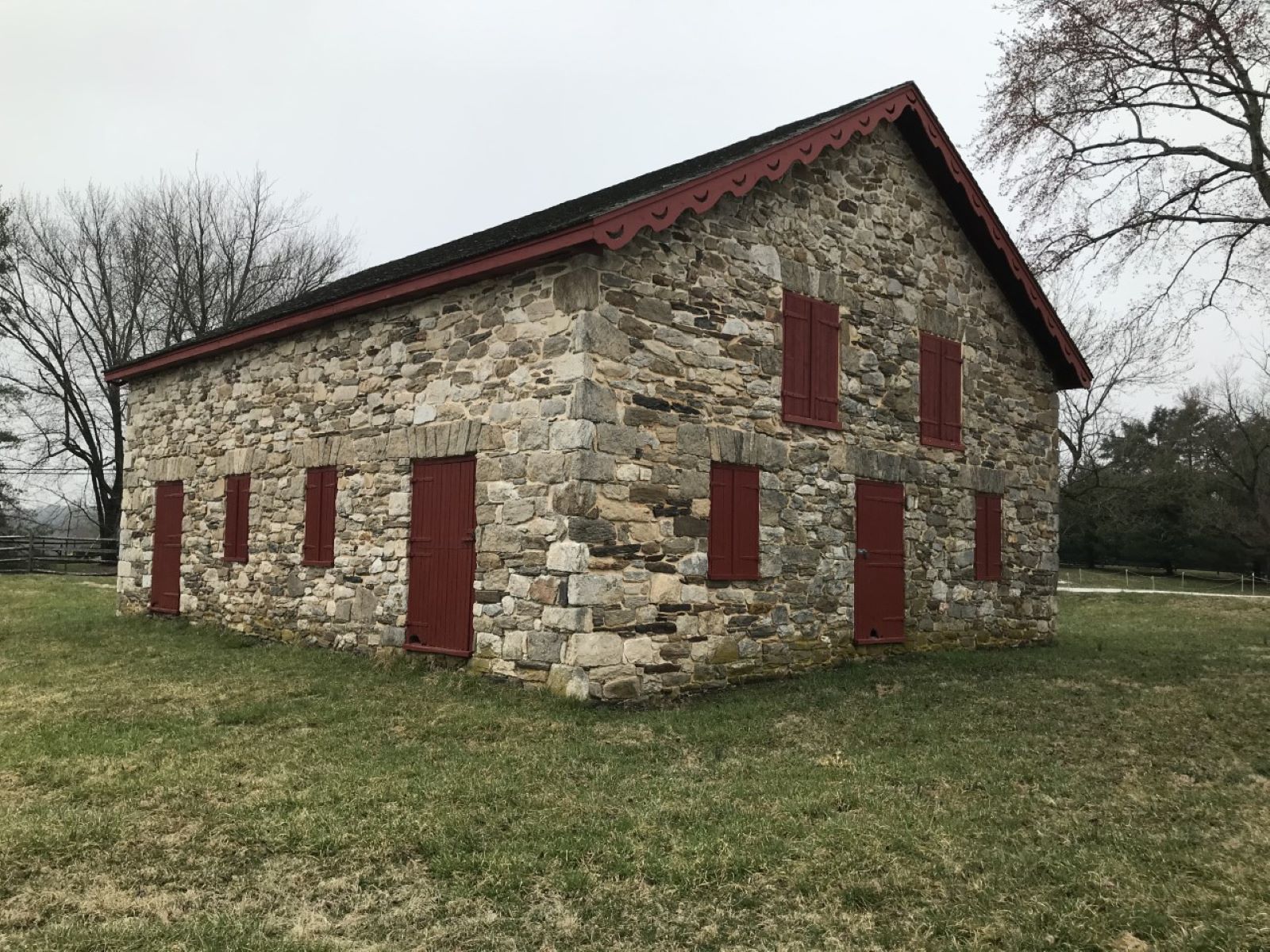
OrangeryThe orangery is the first structure you come to when walking towards the mansion. This reconstructed citrus fruit greenhouse today serves as public restrooms and a small conference room for special events. 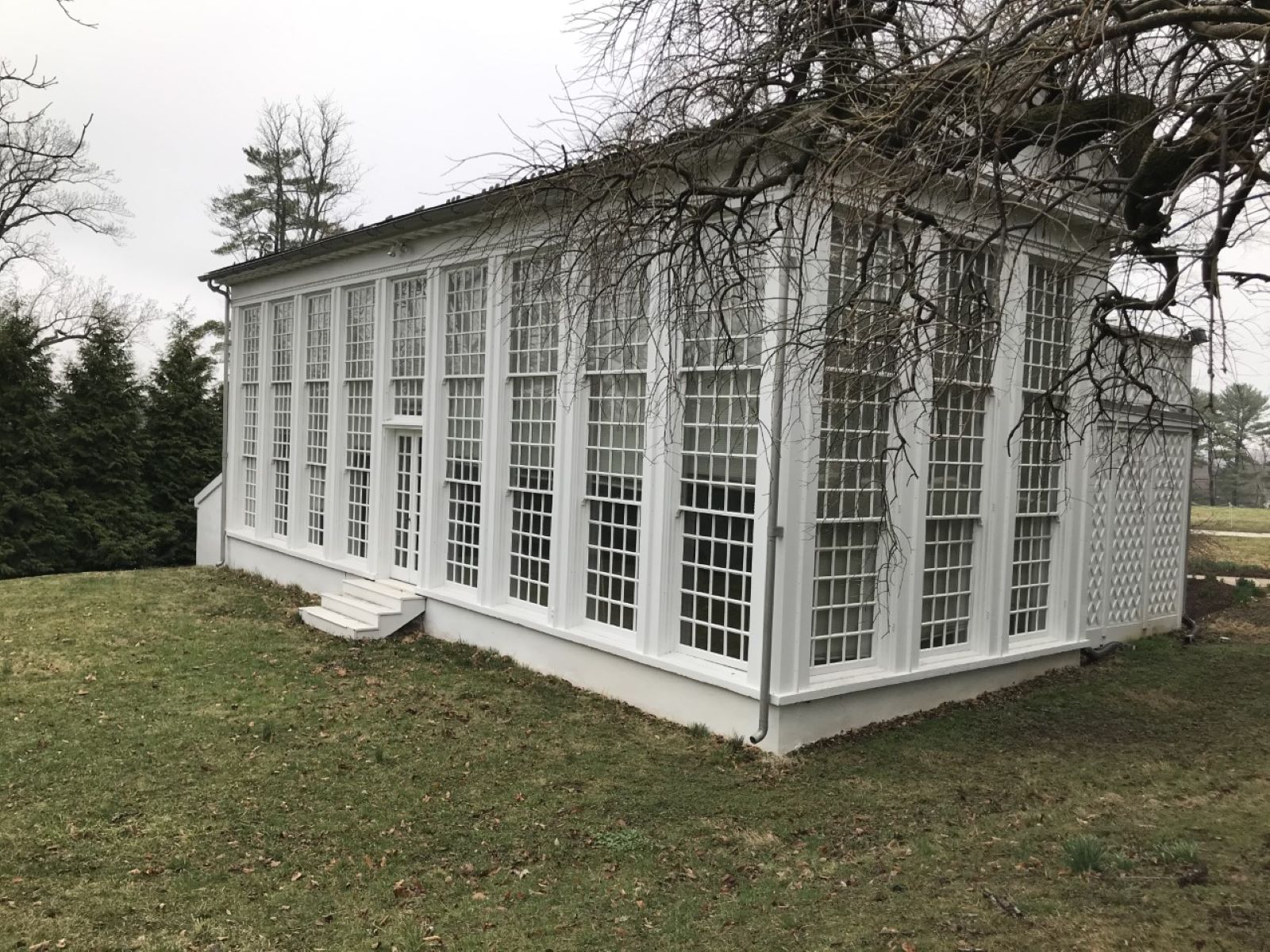
Ridgely Family CemeteryThe Ridgely family cemetery is the final resting place for many of the family members of the once illustrious family that used to own the Hampton plantation. 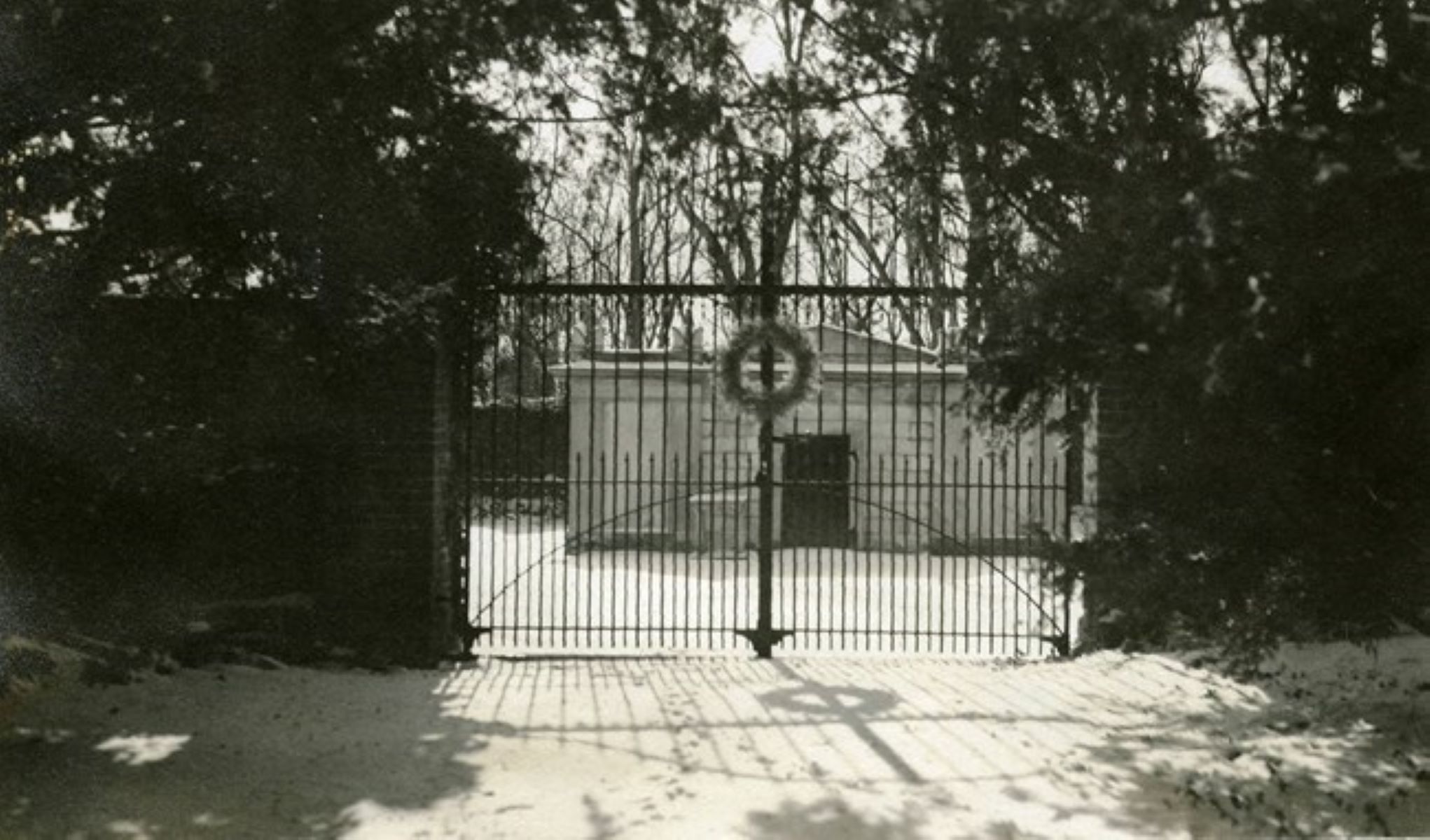
StablesThe stables are a reminder of the important horse racing history at Hampton, in Maryland, and its tradition based out of slavery. 
Tenant Farmers' QuartersThis slave quarters building was used throughout the times of slavery and tenant farming. The exhibits today represent the era of tenant farming that followed the American Civil War. 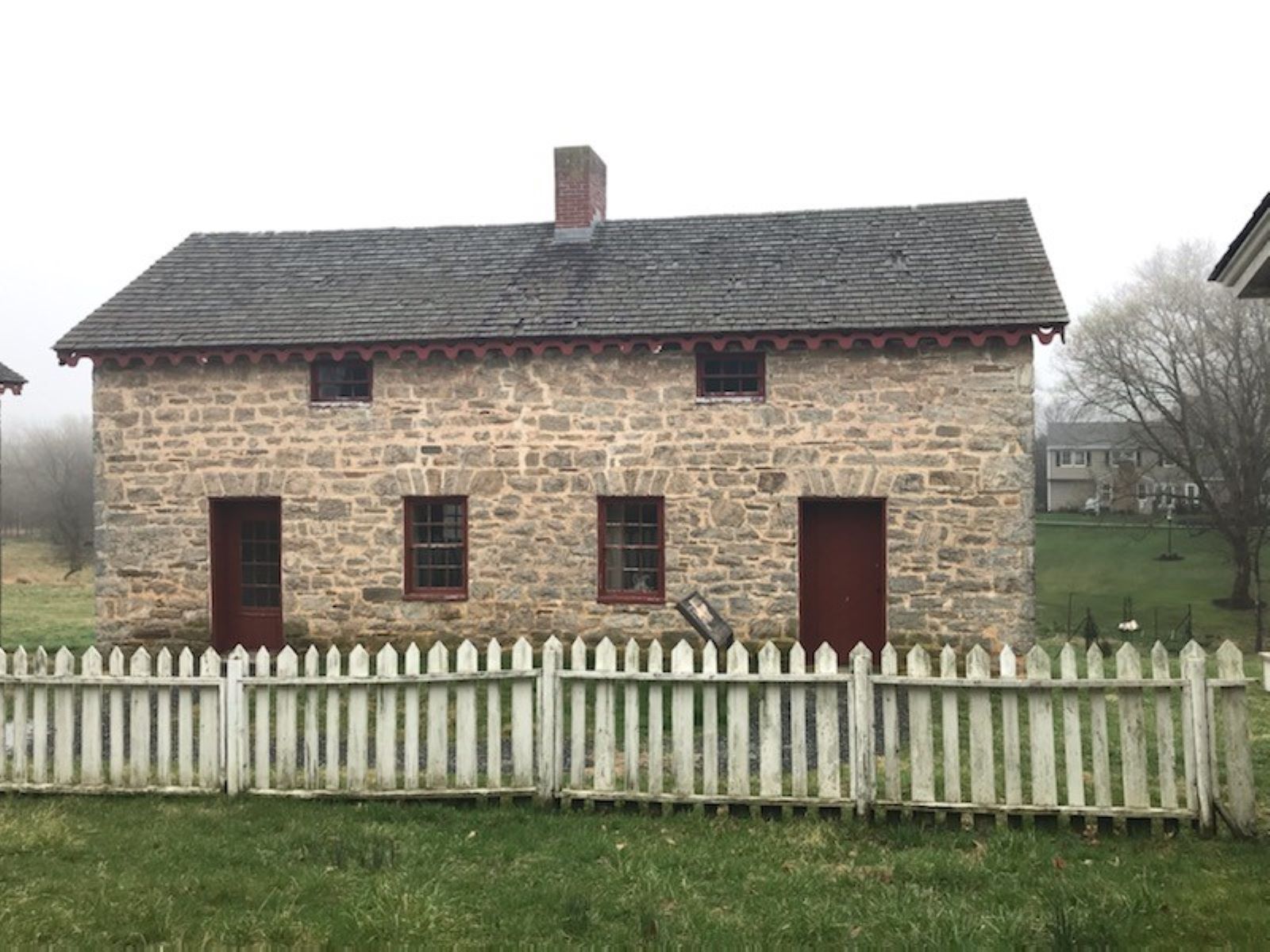
The DairyThe dairy was an important structure to Hampton's cow and dairy operations. 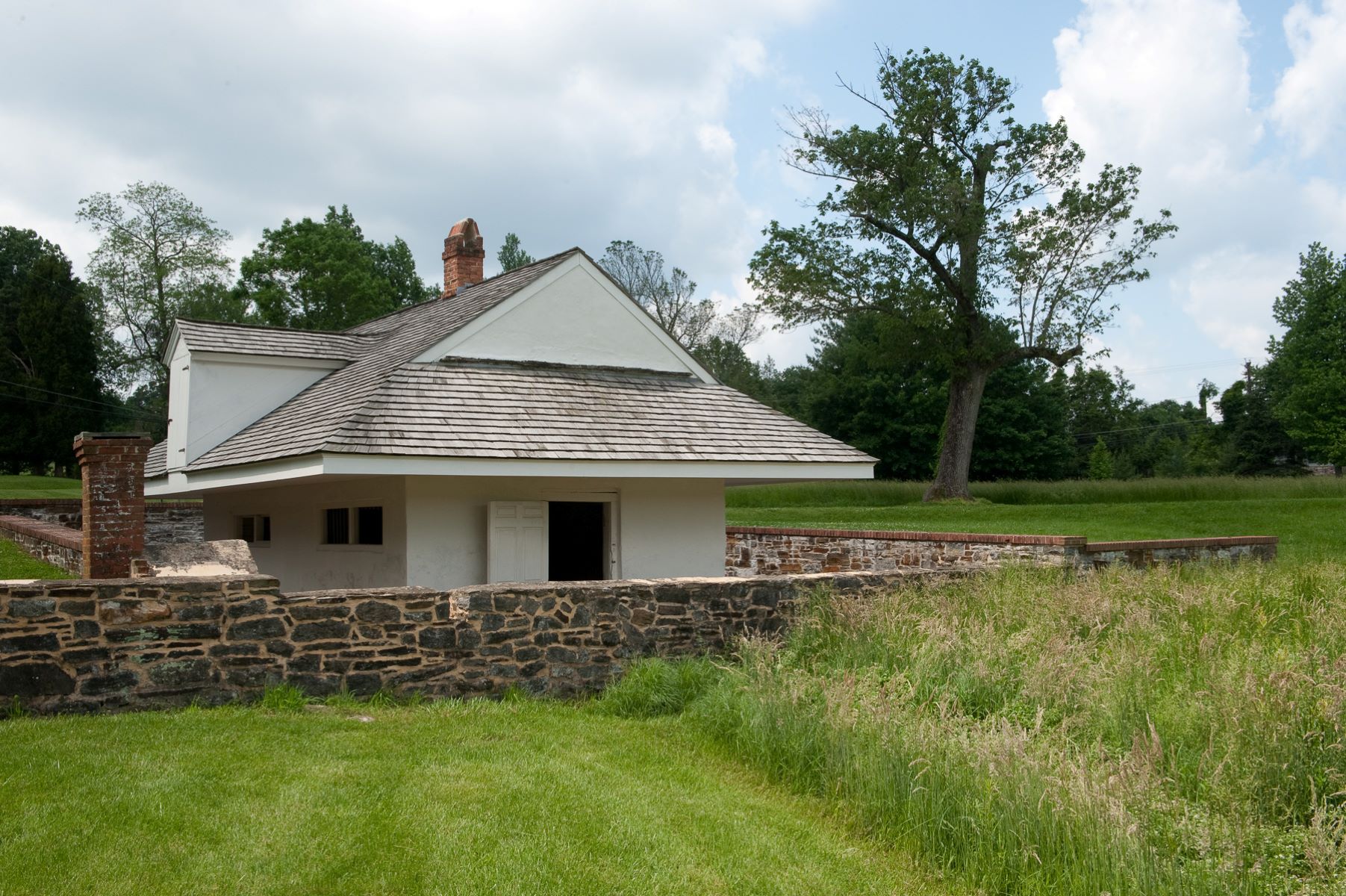
|
| Visitor Centers | Count: 1
Visitor Center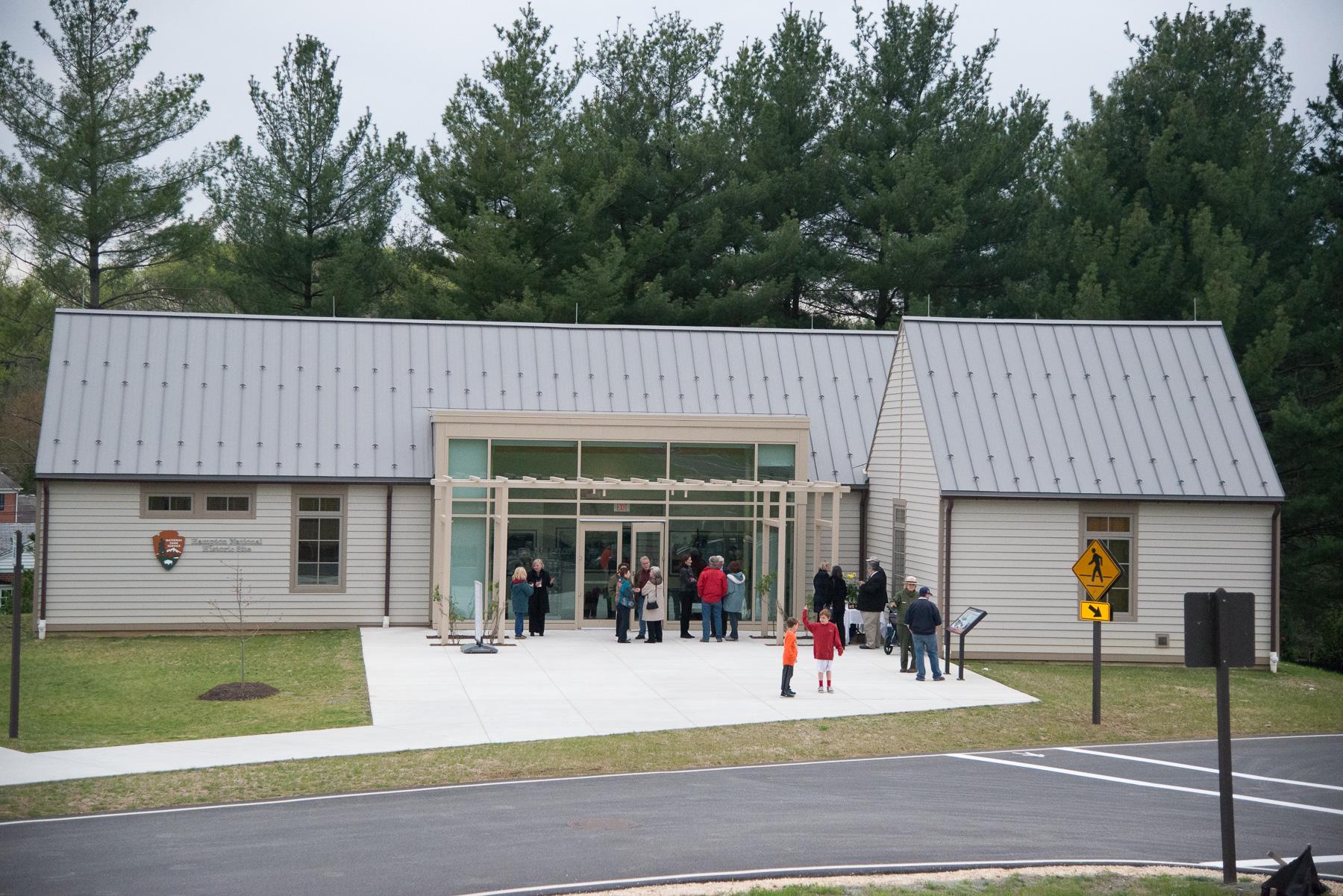
|
| Things to do | Count: 7
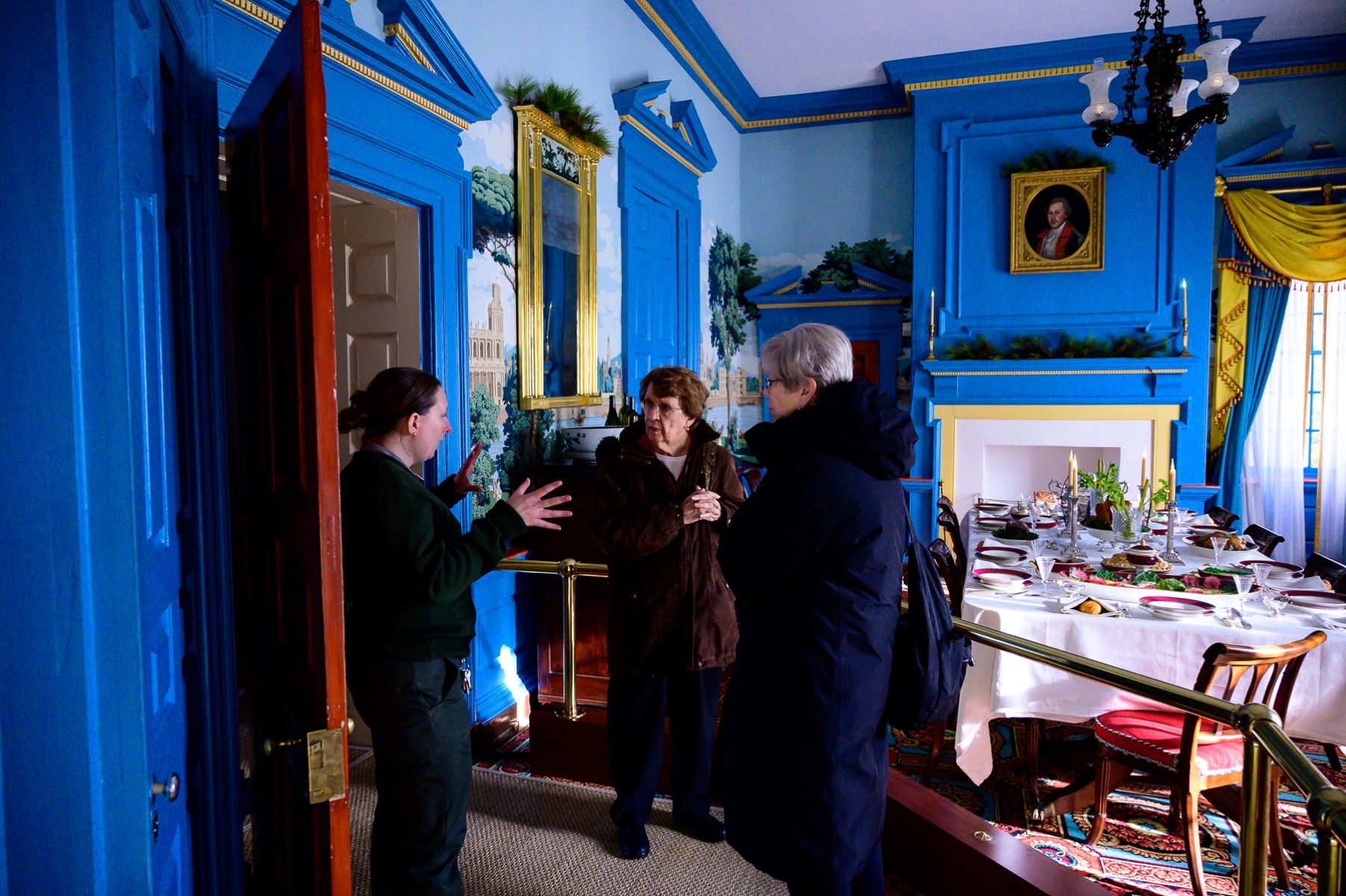
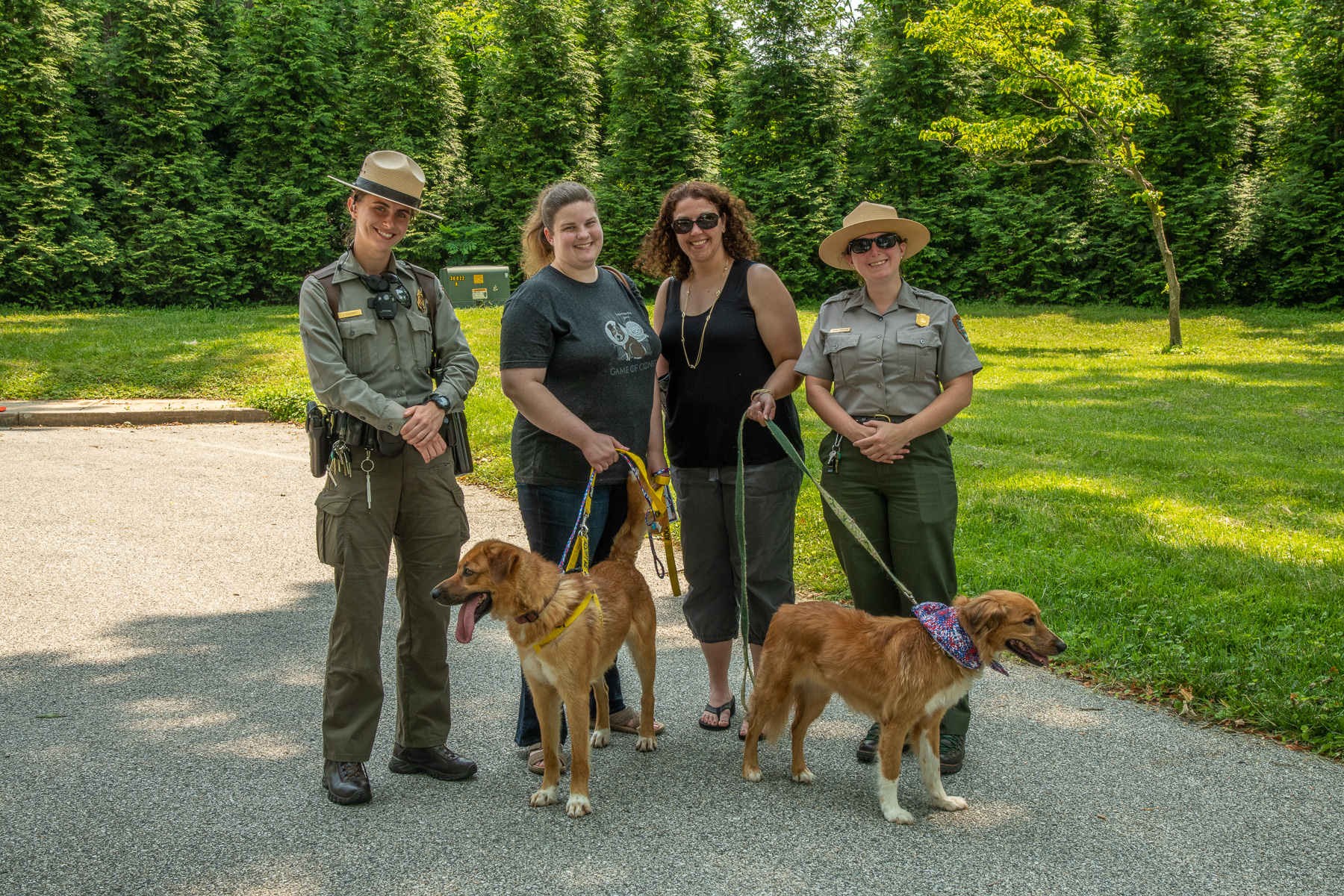
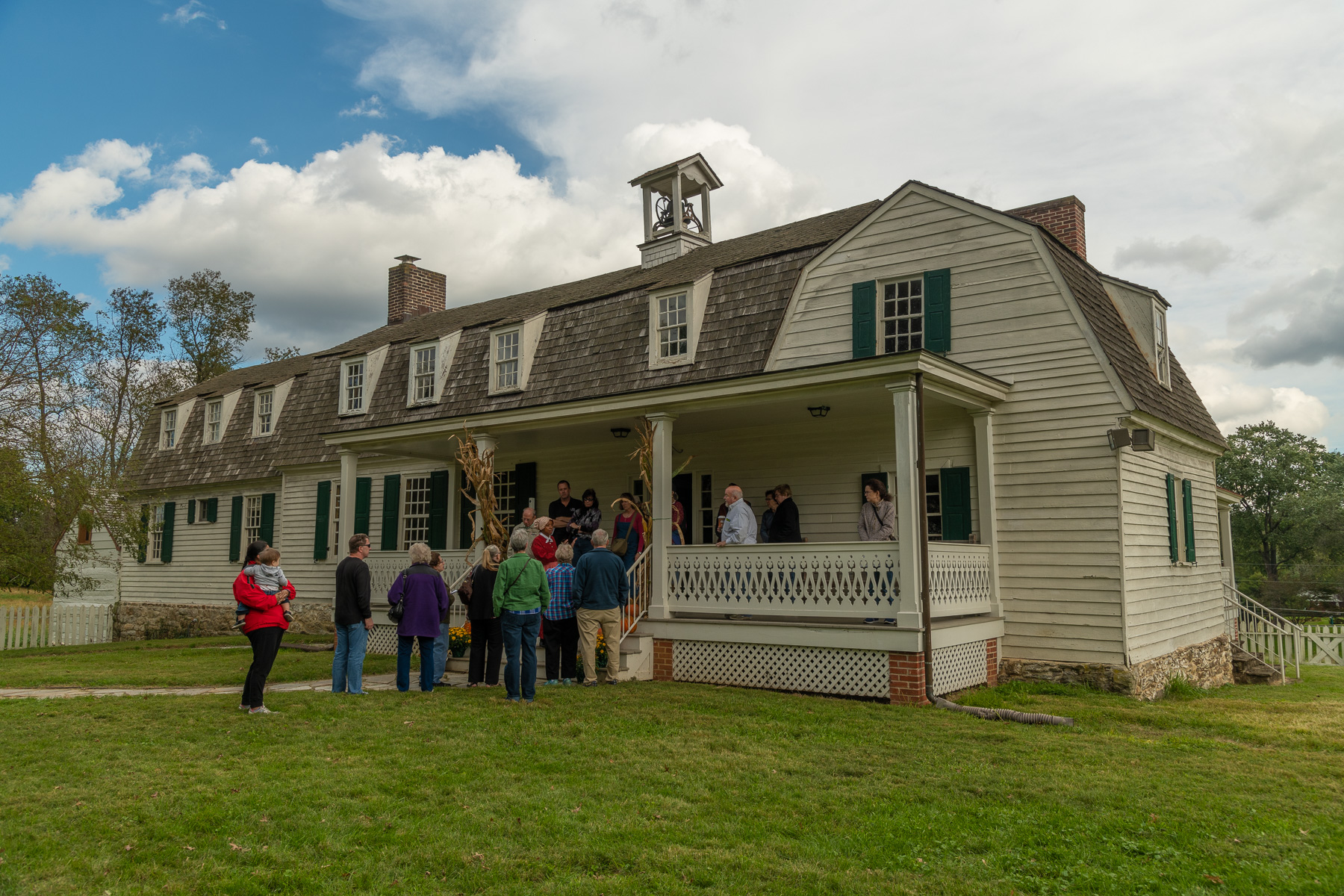
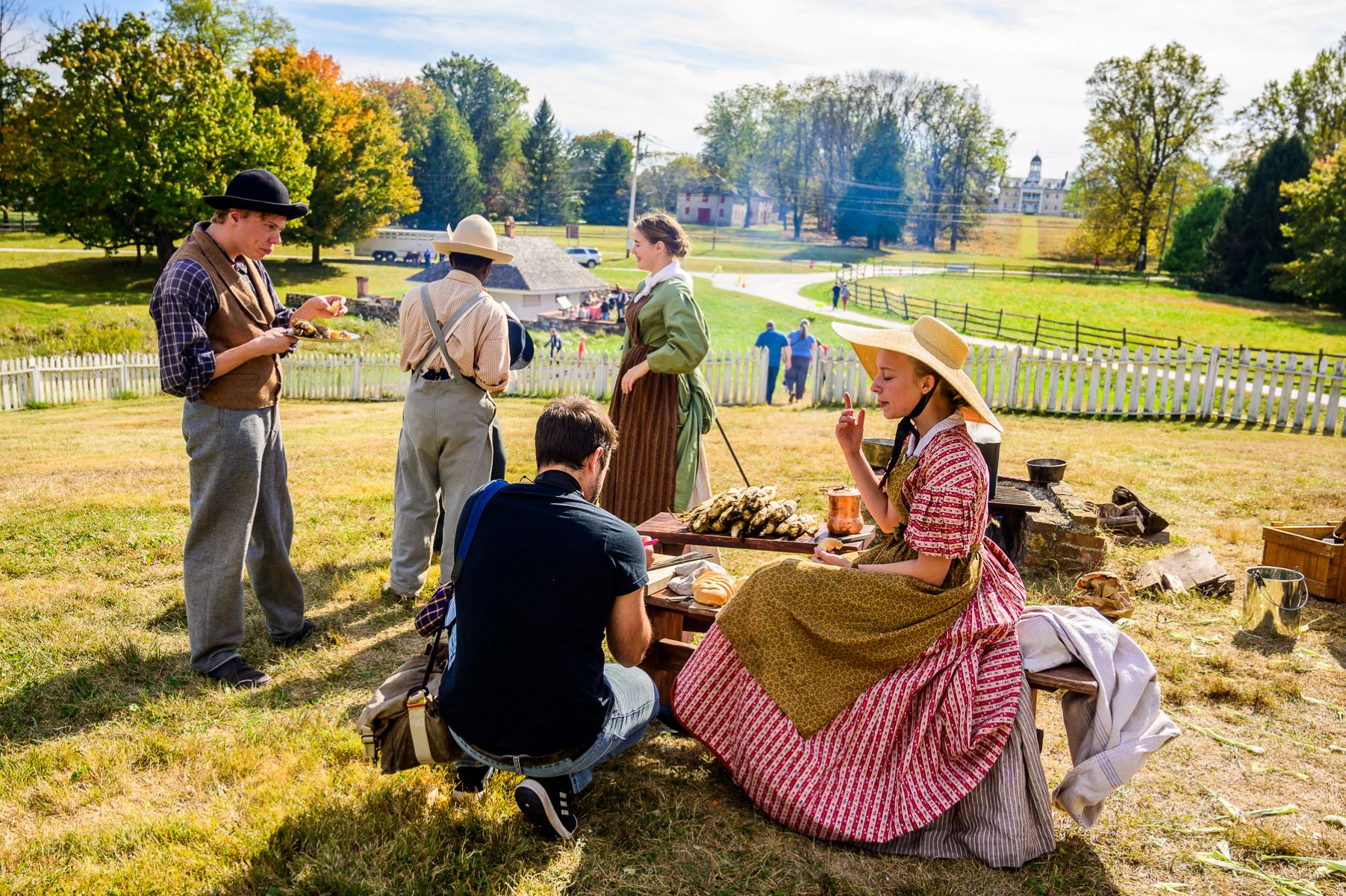

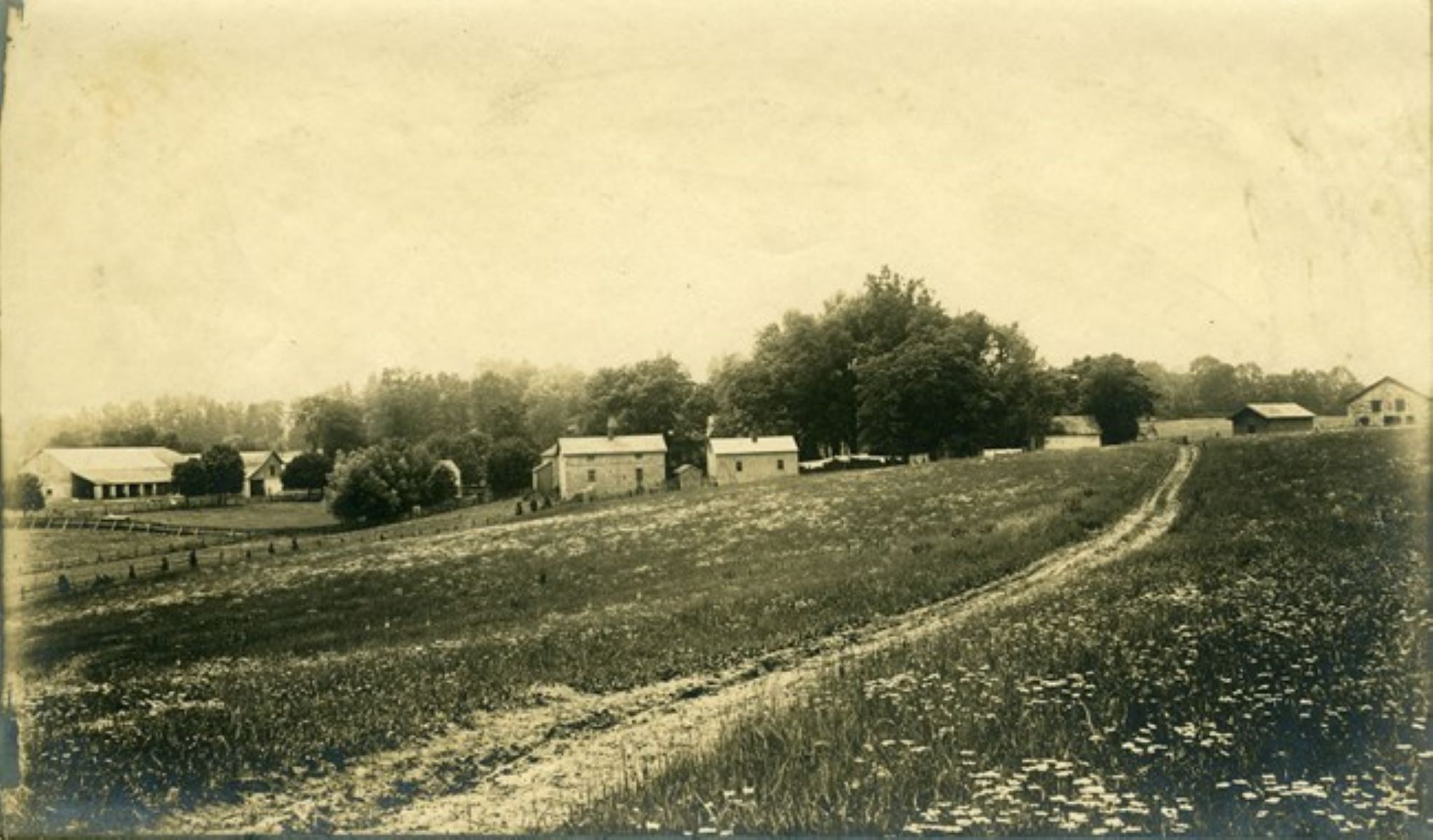
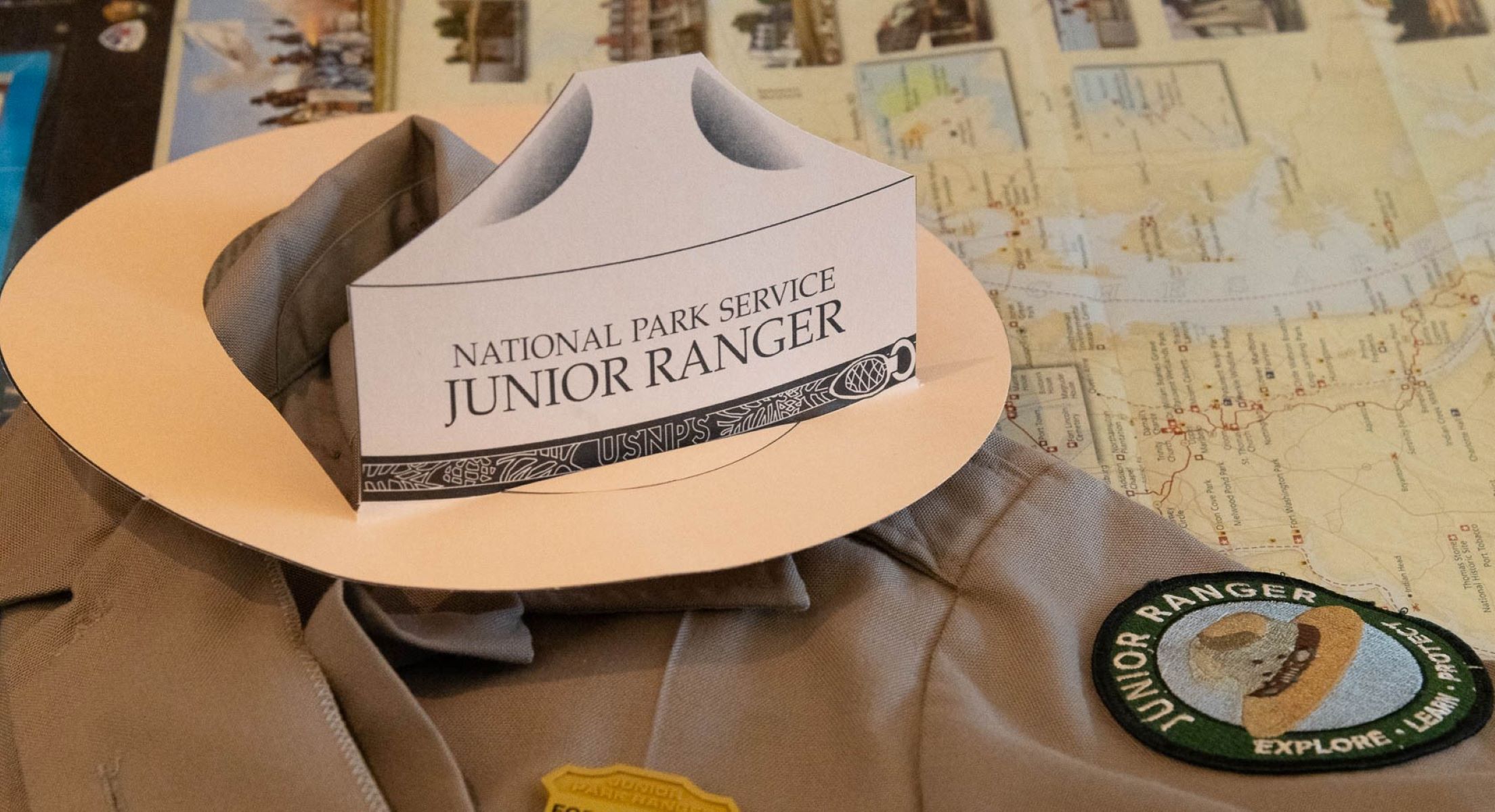
|
| Tours |
Count: 2
Farm TourThe Hampton plantation was a fully operational site, and one of the largest in all of Maryland. Learn the stories of those forced to labor for the benefit of the rich upper class Ridgely family that owned the estate. Mansion Side TourThis audio tour takes guides visitors to various spots on the grounds that surround the Hampton Mansion. The tour covers 200 years of history and allows visitors to see picturesque locations. |
| Articles |
|